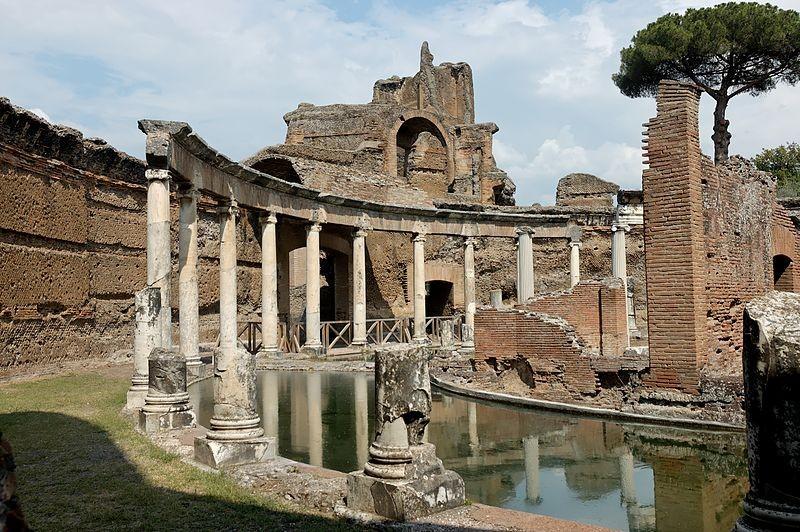Amateur cavers have discovered a network of tunnels underneath the Villa Adriana (Hadrian’s Villa) at Tivoli, near Rome.
Experts suggest that the subterranean world of tunnels and roads was used to house slaves, oxen, carts and food supplies. The network includes streets wide enough to allow for the passage of carts in both directions as well as narrow passageways. Hadrian’s Villa covers approximately 618 acres but the extent of the underground network is not known yet and excavations are ongoing.
The Roman Emperor Hadrian built the villa as a summer retreat between 38 AD and 118 AD. After his death in 138 AD, his successors used and enlarged the complex. A decade ago, experts realised that there were tunnels beneath the complex, and a team of Italian archaeo-speleologists led by amateur caver Marco Placidi mapped more than a mile of the vast network this year.
The discoveries made by Placidi and his team of volunteers have caused archaeologists to revise their assessment of life at the imperial retreat, concluding it was organised more like a small city than a villa. Slaves would have moved from one palace to another via the tunnels and underground passageways, along with oxen-drawn carts transporting food and drink to be consumed in lavish banquets – all out of sight of the emperor and his guests.
The team has mapped a main tunnel measuring 8 feet wide, which runs more than half a mile to a circular spur that may have been used by carts as a turning area. Another tunnel is some 16 feet wide and wide enough to accommodate two-way traffic.
It is hoped that sections of the underground network will be open to the public for the first time this autumn.










